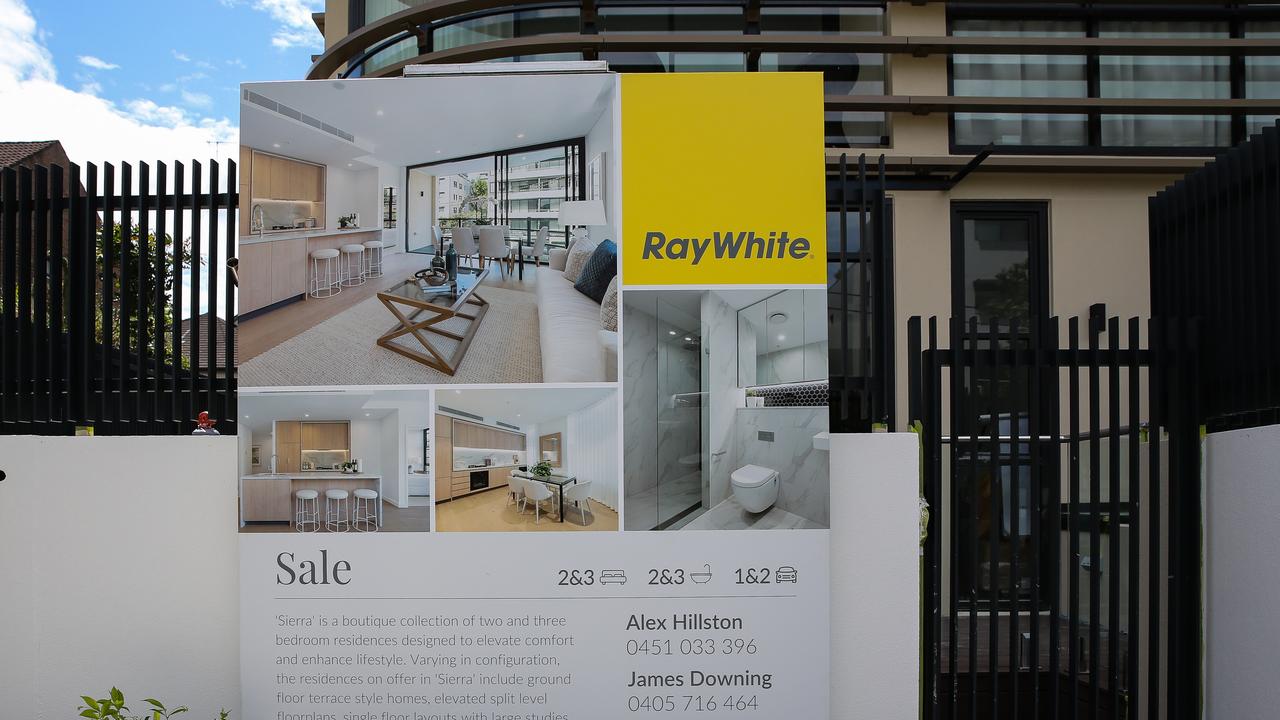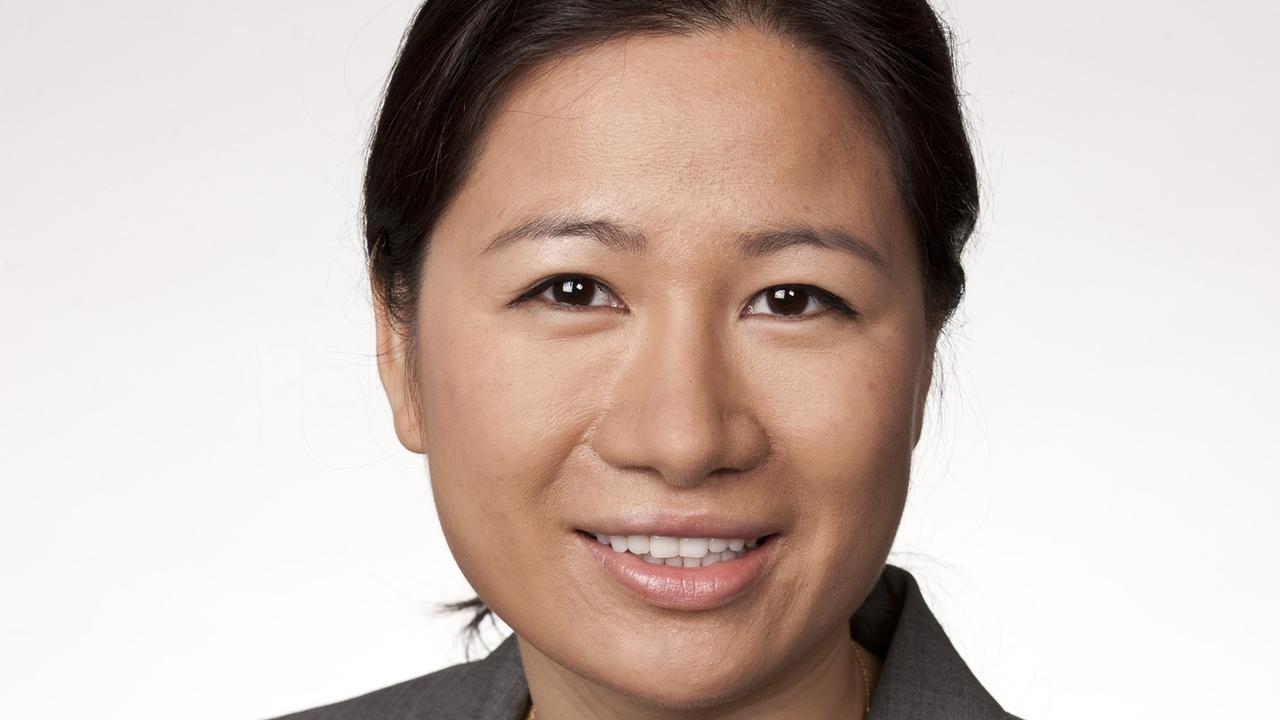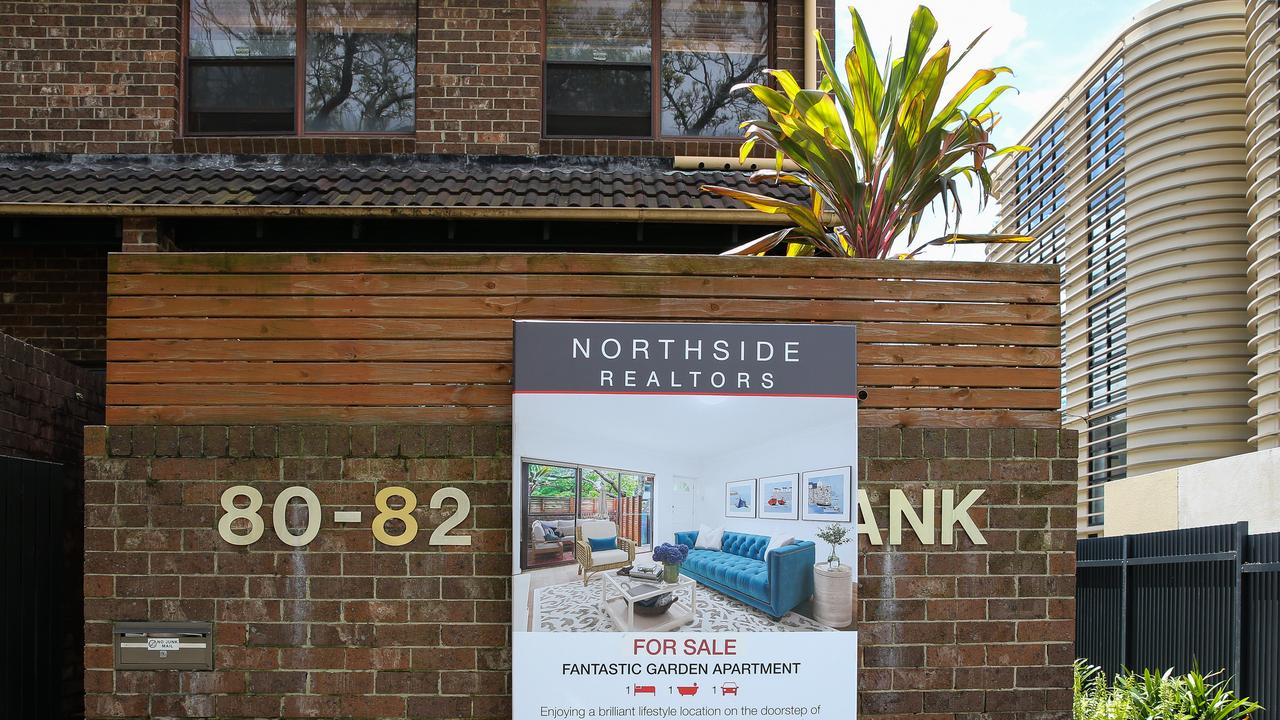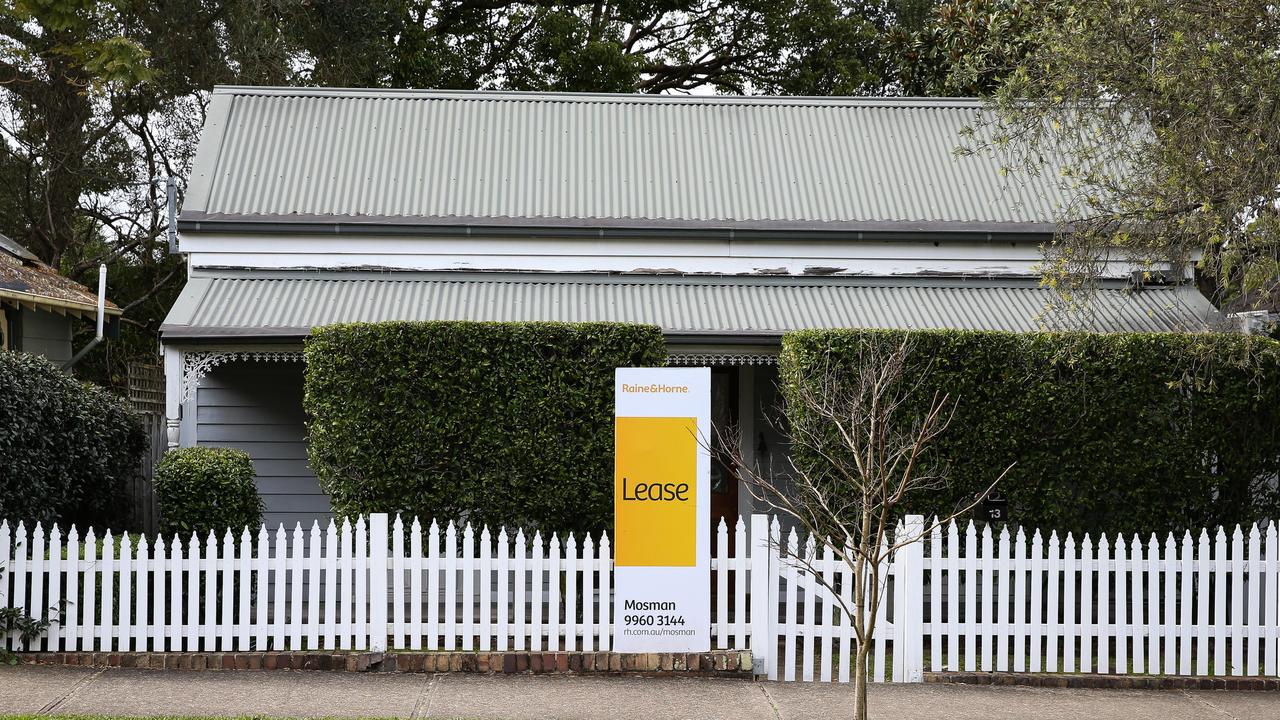Australians need $8500 pay rise to keep up with cost of living
As the cost of living continues to skyrocket, Australians need a huge pay rise to keep up amid warnings homeowners are going to be particularly hard hit.
The number of Aussies defaulting on their mortgages is set to rise over the next year due to interest rate increases, cost of living strains and falling property prices, a new report has revealed.
Interest rates, which have risen six times this year to 2.6 per cent, will pose the biggest risk for mortgages with high balances and where repayment amounts are close to borrowers’ maximum repayment capacity, said Alena Chen, vice president at Moody’s Investors Service.
“Falling house prices will increase the risk of home loan delinquencies and defaults, because a weakening housing market will make it harder for borrowers in financial trouble to sell their properties at high enough prices to repay their debt,” she said.
“Over the September 2022 quarter, house prices declined 6.1 per cent in Sydney, 3.7 per cent in Melbourne and 4.1 per cent on average across Australia.”


It comes as Australian wages have taken a huge hit too with the annual rate of inflation hitting a whopping 7.3 per cent, according to the Australian Bureau of Statistics (ABS). This is the highest annual increase since June 1990 when the annual inflation rate reached 7.7 per cent.
Shocking analysis from Canstar showed working Australians earning an average $90,000 would have needed a $6637 pay rise over the past year to have kept pace with inflation.
Factoring in inflation and wage growth forecasts, workers will need another pay rise of at least $1841 this financial year too to keep up – adding up to almost $8500 in total – but this does not account for another spate of interest rate rises that could be on the cards.
Research from Canstar shows another 0.25 per cent rate rise in November will see households paying $809 extra in monthly repayments than they were in April, based on a $500,000 loan over 30 years. For a $1 million loan over 30 years, this figure climbs to $1619 extra per month.
A larger increase of 0.5 per cent in November will see repayments since April rise by $889 for a $500,000 loan over 30 years or by $1778 for a $1 million loan over the same time period.

Savings set to take a hit
Inflation fears, cost of living concerns and the prospect of further rate rises will strain some budgets to their limits, according to Canstar’s editor-at-large and money expert Effie Zahos.
“Household savings and emergency buffers are likely to take a hit. The government anticipates household savings to fall from elevated levels to 3.25 per cent in [the] June quarter of 2024. The next 12 to 18 months will be the storm that households need to work through,” she said.
“There are several headwinds coming including rising unemployment, the cash rate peaking, energy prices soaring, and economic growth falling. If households can ride these factors out over the coming year or so, then relief could be on its way.
“Higher income earners will have more capacity to absorb the price pressures than lower income earners. The average income was almost $7000 short over the past year to keep up with the rising cost of living.
“Looking ahead and based on the forecasts for inflation and lack of wage growth, Aussie workers are going to need a pay rise of close to $2000 this current financial year to keep pace.”

Record number of refinanced properties
Rising interest rates have seen a record 102,000 homeowners refinance across Queensland, NSW, Victoria and Western Australia during the September 2022 quarter, up 9 per cent on the previous quarter, according to property settlement group Pexa.
Its report showed Victoria recorded the highest number volume with almost 37,000 properties refinanced from July to September and Western Australia posted the highest growth of 13.5 per cent.
NSW completed close to 35,000 refinances during the same period and Queensland came in at third position with 21,000 homes refinanced.
“We continue to see heightened refinancing activity across the nation as Australians respond to rising interest rates by looking to reduce arguably their greatest expense, their monthly mortgage repayment,” Pexa’s head of research Mike Gill said.
“The record levels of new loans seen throughout 2021 and early 2022 have slowed in the recent quarter, coinciding with a dip in property sale settlement volumes.
“We have also seen a small drop in average loan-to-value ratios across Victoria and NSW over the past 12 months, with lenders tightening credit as interest rates rise, and this will ultimately impact the borrowing capacity for some homebuyers.”

Spooked investors means a nightmare for renters
Rising interest rates have also spooked investors resulting in a nightmare for renters.
Available rental properties across Australia have plummeted to their lowest levels since 2003, an alarming new report has revealed.
It comes as Aussies have paid an eye-watering extra $7.1 billion in rent over the past 12 months revealing the huge crisis in the market.
The average renter was forced to fork out an extra $62 a week compared with a year ago – or more than $3000 annually – according to research from the parliamentary library commissioned by The Greens.
Renters are struggling to find a place to live with the number of properties listed on realestate.com.au dropping by 20.5 per cent year-on-year in September, the report from PropTrack found.
The decline in total stock comes as the number of new listings fell 10.4 per cent month on month.

The national rental vacancy rate sat at a historic low of 1.6 per cent in September 2022.
Rental properties are being snapped up quicker than ever before, with the median number of days a property was listed on the website at 19 days in September.
As a result, rents grew at their fastest quarterly pace on record, climbing by 4.3 per cent.
Cameron Kusher, PropTrack director of economic research, said Australia’s rental market remains tight.
“New mortgage lending is trending lower and so too is lending to investors. In August 2022, new lending to investors was $8.9 billion, the lowest value since June 2021 and 23.9 per cent below its recent peak,” he said.
“The share of overall lending to investors remains below its long-term average, as it has consistently since mid-2017, resulting in fewer investment properties being purchased and
exacerbating supply challenges.
“With fewer investors purchasing homes to rent out, the limited supply of stock, coupled with strong demand is leading to heightened increases in advertised rental prices.”






